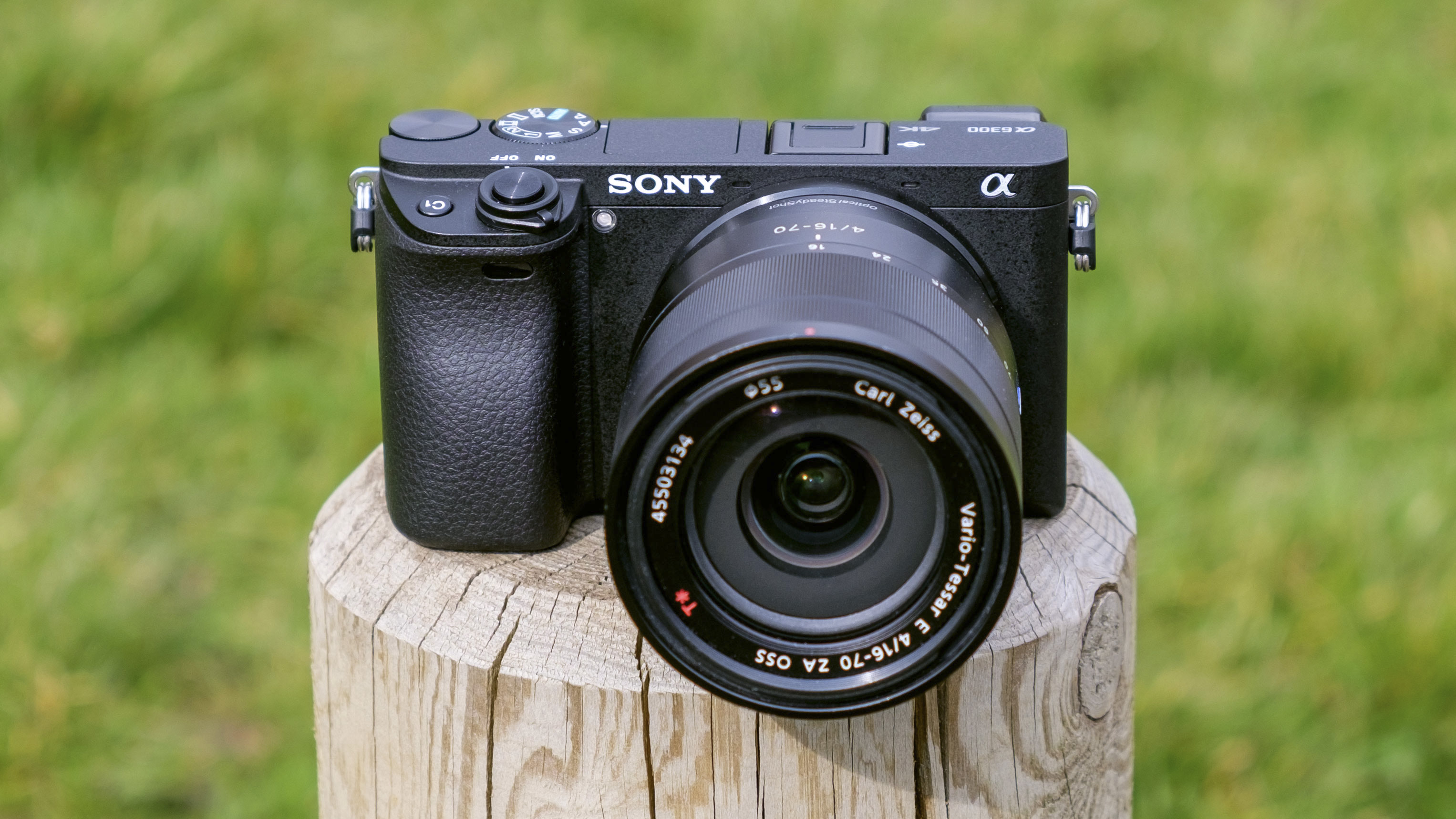TechRadar Verdict
The A6300 is a well-rounded camera with a good specification, and delivers great performance in a range of situations. Its autofocus system is excellent, and its viewfinder should convince traditionalists of the merits of electronic units.
Pros
- +
Very good JPEG quality
- +
High-quality viewfinder
- +
Fast and capable AF system
Cons
- -
Underpowered LCD at default settings
- -
Display not touch-sensitive
- -
No in-camera raw processing
Why you can trust TechRadar
Sony may have spent the last few years reshaping the full-frame market with a string of popular compact system cameras, but it's also managed to simultaneously keep its APS-C alternatives relevant and exciting.
[Update: The Alpha A6300 (sometimes referred to as ILCE6300LB) has since been replaced by the Alpha A6500, but it remains in the Sony mirrorless line-up. The newer A6500 features a number of performance improvements, as well as touchscreen control. But don't discount the A6300 as it's still an excellent mirrorless camera, and is now more affordable than ever.]
Its previous A6000 was very much testament to this, with a well-rounded spec sheet and excellent performance helping it to become a successful model for the company. Thankfully, the new A6300 retains what made that model so popular, but the areas in which Sony has sought to improve it should give it many added layers of appeal to enthusiast users, whether they tend to shoot sports, video or something else.
As an upper-level APS-C model the camera goes up against the likes of the Fujifilm X-T2, as well as the newer and pricier X-Pro2, together with Micro Four Thirds offerings such as the Olympus Pen-F and more affordable Panasonic Lumix GX8. Interestingly, at its current price, it also occupies something of a middle ground against Sony's full-frame alternatives, being a little cheaper than the Alpha A7 II but pricier than the still-available A7 and A7R.
Features
The Exmor CMOS APS-C sensor maintains the same 24.2MP pixel count as the one inside the A6000, although the sensor itself is newly developed, and features copper wiring in its construction to boost readout speed and light-gathering efficiency.
Sony has also said that refinements to the camera's BIONZ X processing engine mean it can squeeze all the goodness out of the new sensor, with particular focus on low-noise, high-resolution results in the upper range of the camera's ISO100-51,200 sensitivity span.
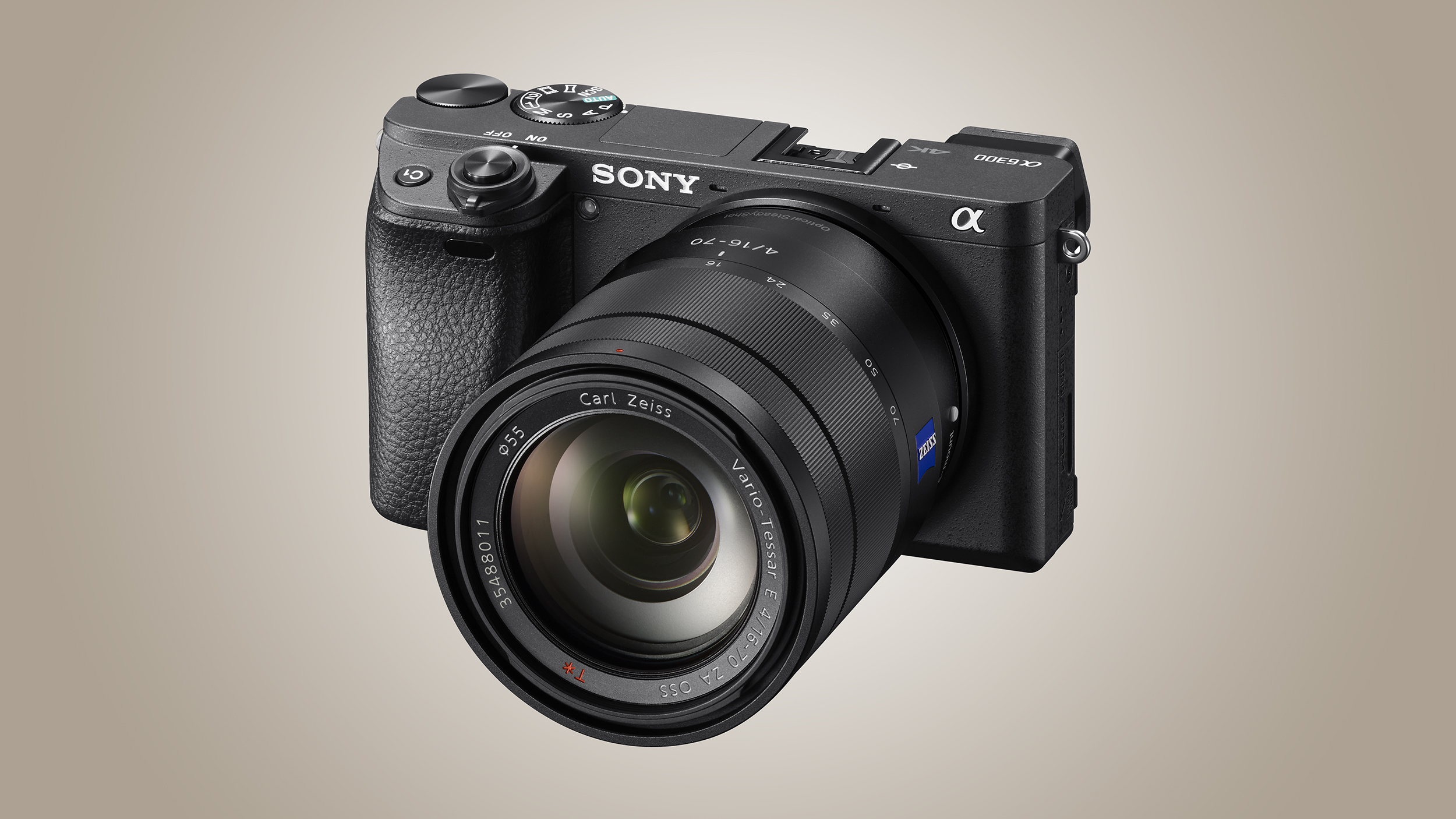
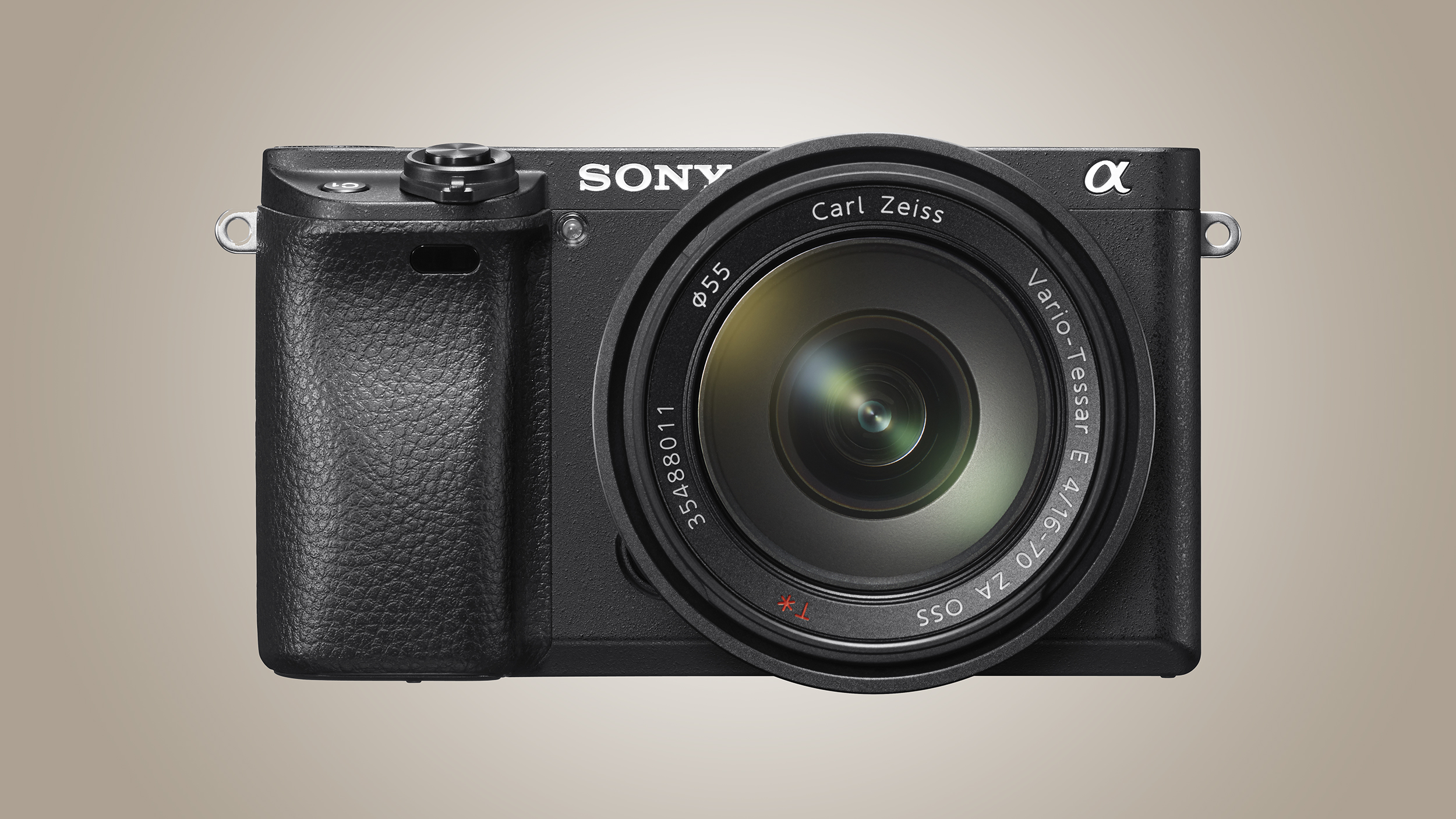
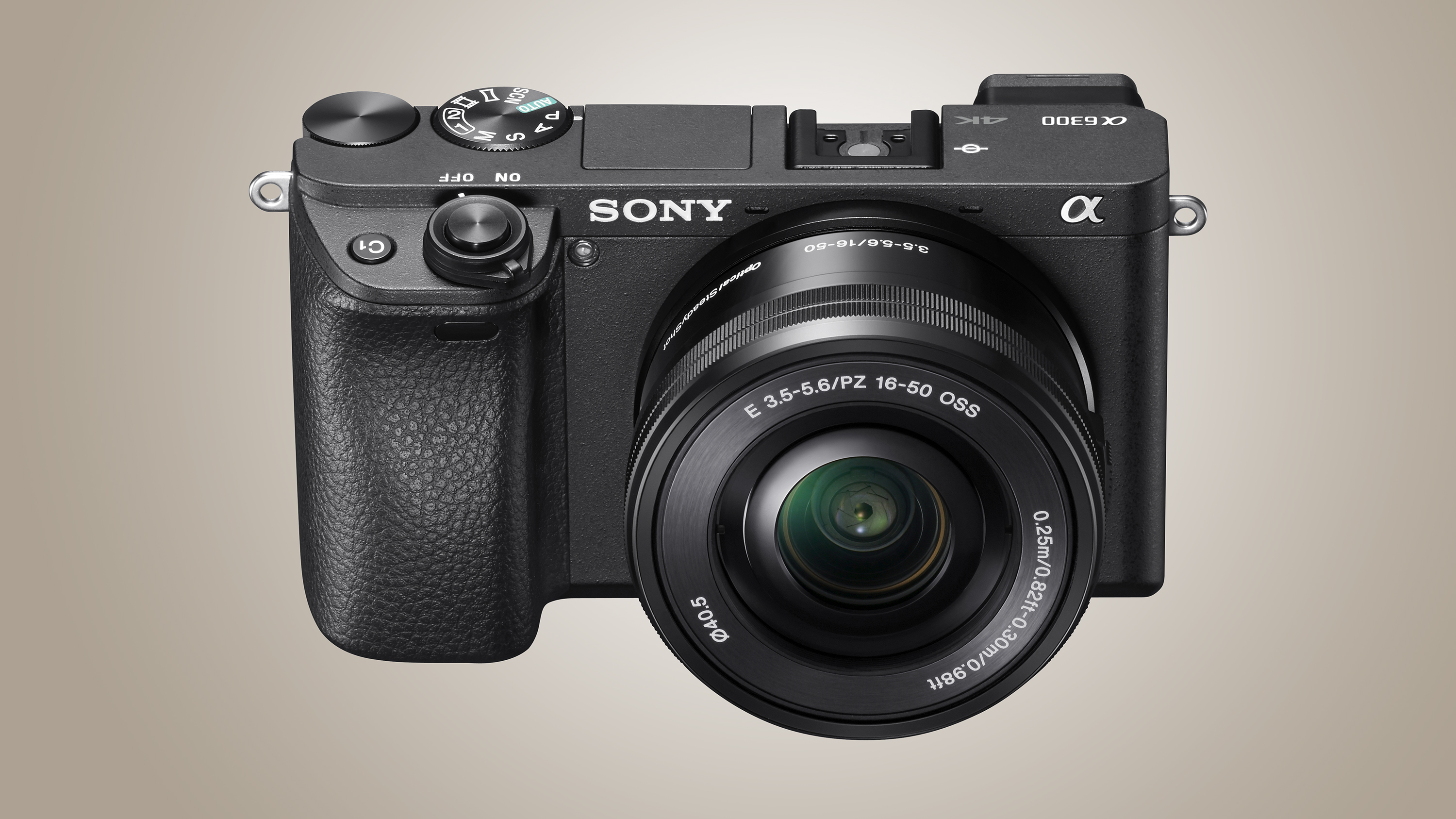
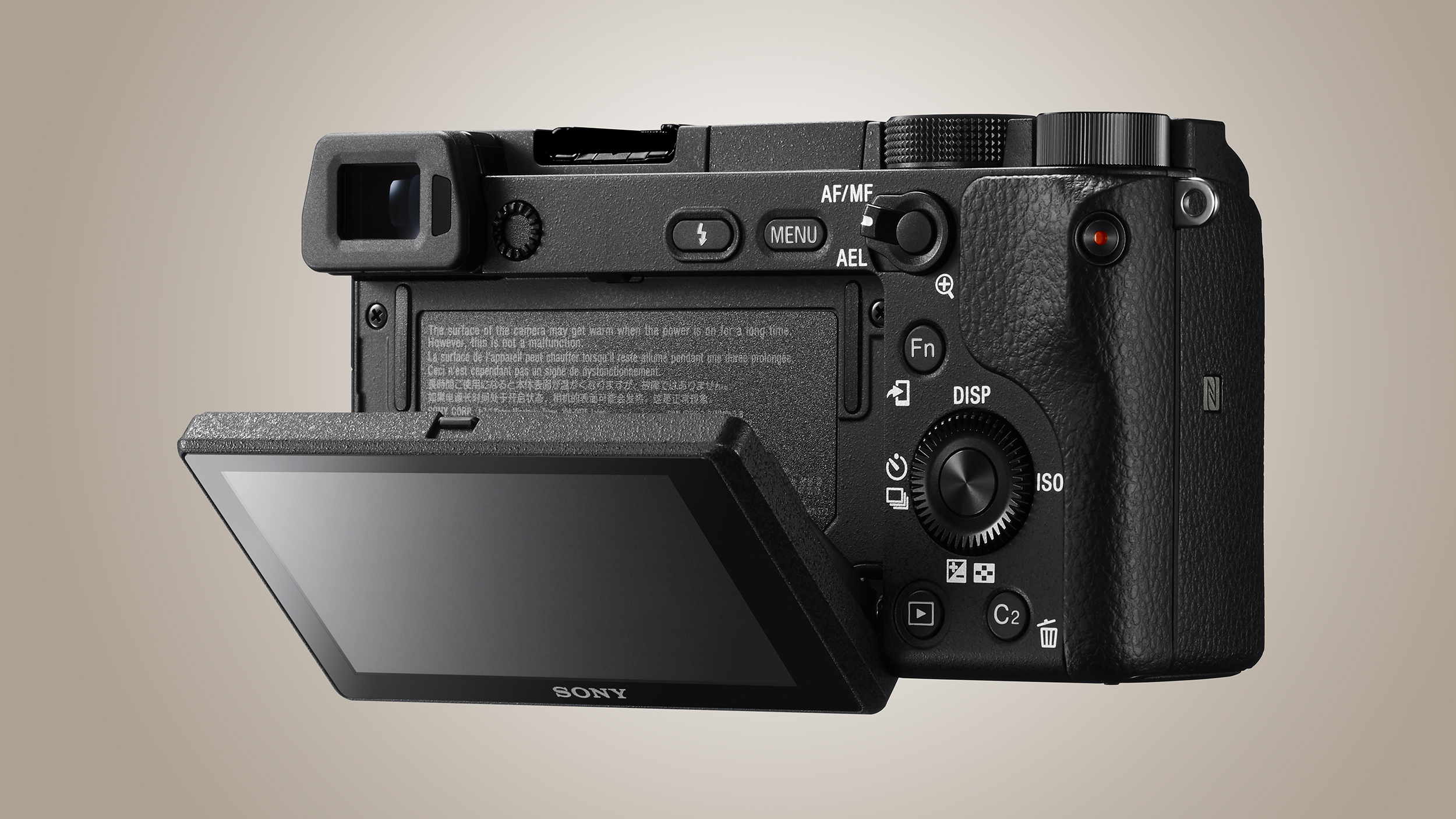
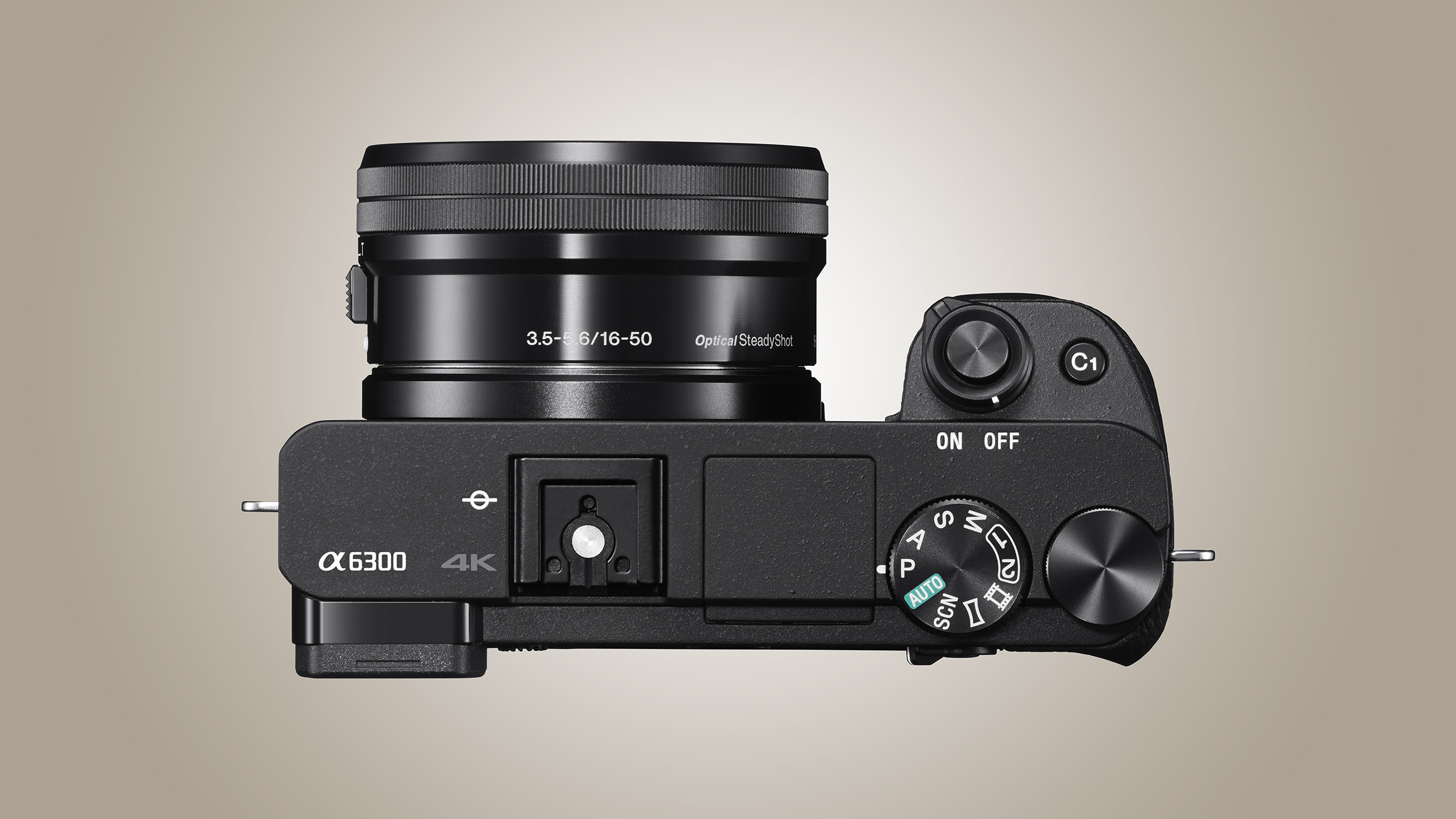
Sony has also equipped the camera with its 4D Focus system, with 425 phase-detect AF pixels that reach almost to the peripheries of the frame. This is the highest number of phase-detect points we've seen on an interchangeable-lens camera to date, and this density, together with 169 additional contrast-detect points, is said to enable the camera to focus on moving subjects in as little as 0.05 seconds.
Furthermore, the camera's phase-detect points continue to function when using A-mount lenses via an adapter, which will no doubt please those moving up from the older system.
Those intending to use the camera for moving subjects will also be pleased to learn that not only has the 11fps burst-shooting option of the A6000 been maintained – with focus tracking and exposure adjusted throughout the burst – but that a slightly slower 8fps alternative option is also on hand, with a blackout between each frame to provide a similar experience to using an optical viewfinder.
Video recording has also received plenty of attention. In contrast to the Full HD standard on the A6000 and most other cameras at this level, the A6300 ramps up to 4K shooting in the Super 35mm format – a first for a non-full-frame Sony model.
Thanks to the changes made to the focusing system, focus speeds are also said to be twice as fast as the system inside the A6000
Instead of using pixel binning, this captures 6K footage – i.e. oversampling the scene – before downsampling it to a 4K resolution, a process that Sony claims produces 'exceptional' depth and detail.
Other changes include a new XAVC S codec used for the above, and the S-Log Gamma function. Thanks to the changes made to the focusing system, focus speeds are also said to be twice as fast as the system inside the A6000, while a 3.5mm mic port has also been included.
The 3-inch display on the rear, with its 921k-dot resolution and ability to be tilted, has been carbon copied from the A6000, which means it's shaped in the video-friendly 16:9 aspect ratio, although sadly it's not a touch-sensitive screen.
The 0.39-inch electronic viewfinder above this, however – or 'Tru-Finder' in Sony parlance – has now been equipped with a 2.359 million-dot XGA OLED panel, against the 1.44 million dots seen previously.
If this viewfinder sounds familiar, it's probably because many other Sony models higher up have also sported one with similar specs, from the Cyber-shot RX1R II compact to the A7 family of mirrorless models. Magnification is once again set at 1.07x, which is roughly equivalent to 0.70x in 35mm terms, and Sony also claims that setting it to its maximum display rate of 120fps results in very few afterimages.
Other changes include improved dust and moisture resistance, although not quite to the same splash-proof level as the Olympus OM-D E-M5 II and Fujifilm X-Pro2
Other changes include improved dust and moisture resistance, although not quite to the same splash-proof level as the Olympus OM-D E-M5 II and Fujifilm X-Pro2, as well as a gauge for keeping shots level, and a new silent shooting mode that should see the camera more suited to sensitive environments.
Battery life has also been boosted, with 350 frames quoted when using the viewfinder and 400 frames when using the LCD screen, although the number actually achieved will be subject to display settings and image-reviewing habits, among other things.
In terms of connectivity, the camera is furnished with the standard USB and HDMI micro connections, with Wi-Fi and NFC on the inside to keep things cable-free where necessary. As with the majority of such models, it records all images and videos onto SD, SDHC and SDXC media (with support for up to UHS-I), as well as the less-common, Sony-specific Memory Stick PRO Duo format.
